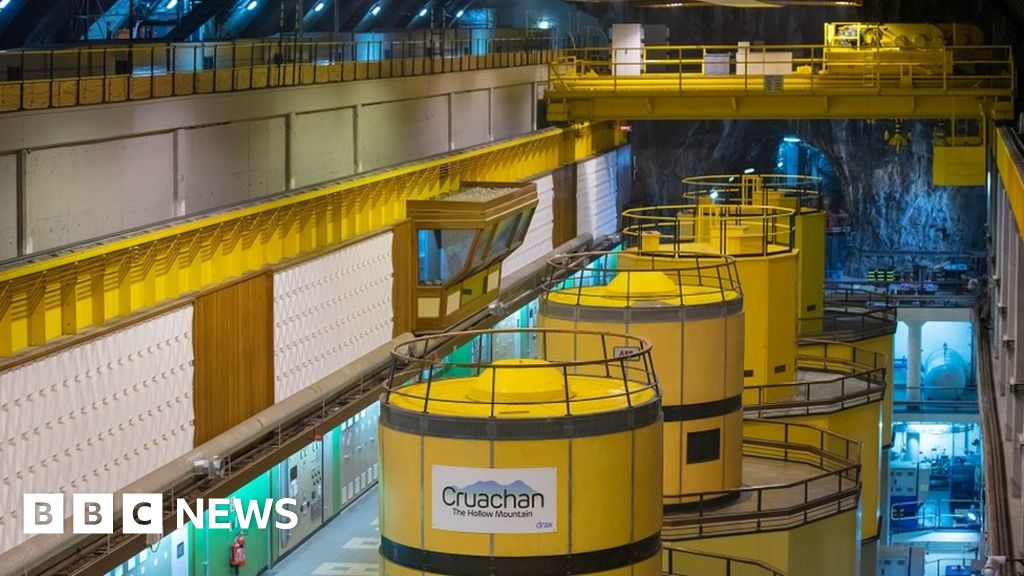Wayne Mack
Well-Known Member
Here is an interesting alternative to batteries for large scale energy storage.

 www.cnn.com
www.cnn.com

Gravity could solve renewable energy's biggest problem | CNN Business
Energy Vault's gravity-based technology can store wind and solar power longer than batteries.


